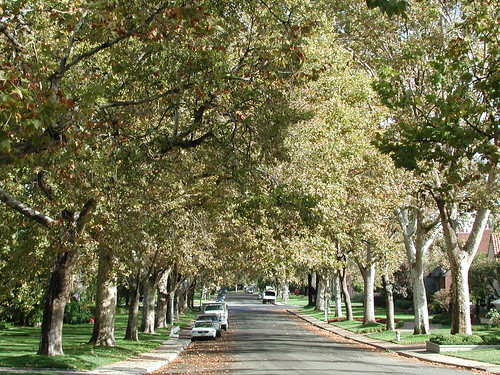
Many people like to add trees to their landscaping to enhance the design of a well-planned yard.
But, it can mean so much more.
Planting trees on your property can lower energy costs and increase carbon storage, reducing your carbon footprint while making your home the show-stopper of the neighborhood.
ecoSmart Landscapes, a new online tool developed by the U.S. Forest Service’s Pacific Southwest Research Station and some of its partner organizations, can help residential property owners estimate these tangible benefits.
Using a Google Maps interface, ecoSmart Landscapes allows homeowners to, among other things, identify the type of trees currently on their property or select where to place new planned trees. ecoSmart can also suggest planting dates, estimate tree growth based on current size, and calculate present and future carbon and energy impacts of existing and planned trees.
How does it work? After a basic registration and login, Google Maps will zoom in to your property’s location based on your street address. Use the tool’s easy-to-use point and click functions to identify your parcel and building boundaries on the map. Next, input the size and type of trees on your property. The tool will then calculate the energy effects and carbon storage that those trees provide now and into the future. And you’re reading to start planting!
“Planting a tree to shade your home is one of the most cost-effective ways to save energy and help the environment,” says Greg McPherson, a research forester at the Pacific Southwest Research Station who helped develop the tool. “You can use this tool to strategically place trees that will put money in your pocket as they mature.”
ecoSmart differs from i-tree, another popular tree-centric software offered free to the public by the US Forest Service, in that i-tree is targeted to a community landscaping perspective. Future releases of ecoSmart Landscapes, which currently runs on Google Chrome, Firefox, and Internet Explorer 9 browsers, will include assessment tools for runoff reduction, water conservation, infiltration based on landscape configurations, rainwater interception due to trees, and fire risk to buildings.
